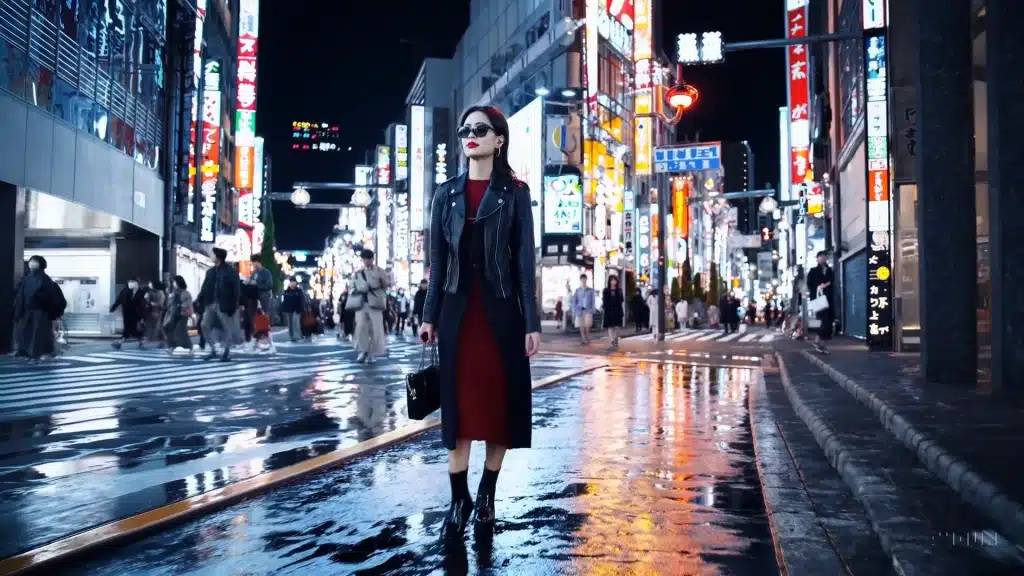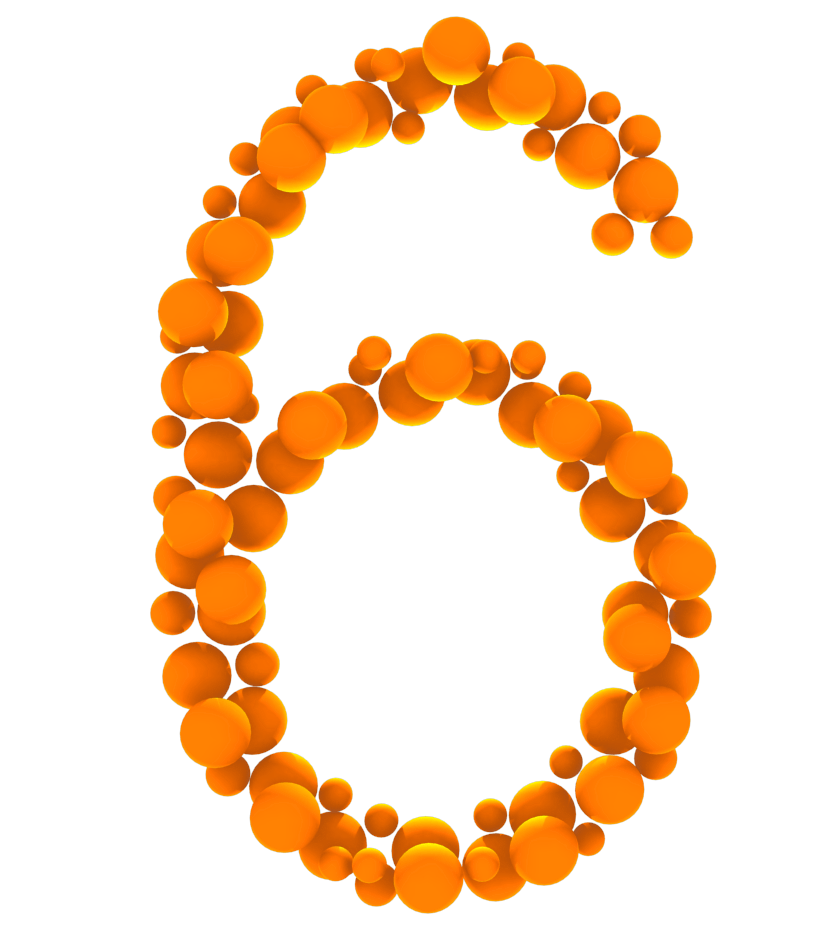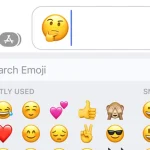
OpenAI, the artificial intelligence powerhouse supported by Microsoft, has introduced a new tool designed to detect digital images created by AI, particularly those from its renowned DALL-E generator. This new tool aims to address growing concerns over image authenticity and the potential for AI-generated content to be misused.
Tackling Deep Fakes
As AI technology advances, the rise of deep fakes poses a significant challenge for authentication and trust. OpenAI’s new tool, still in its testing phase, can determine the likelihood of an image being generated by DALL-E 3 or other AI models. During internal testing, the classifier demonstrated impressive accuracy, identifying approximately 98% of DALL-E 3 images while misidentifying less than 0.5% of non-AI images.
Challenges with Modified Images
OpenAI notes that the tool struggles with altered DALL-E 3 images and other AI-generated visuals. It currently flags only around 5-10% of images from other AI models. Despite these limitations, OpenAI is committed to refining the tool’s capabilities.
Enhancing Image Authentication
The company also plans to introduce watermarks to AI image metadata, aligning with standards set by the Coalition for Content Provenance and Authenticity (C2PA). This industry initiative establishes a technical benchmark for verifying the authenticity and source of digital content.
READ ALSO: OpenAI Sora: Your Guide to the Text-to-Video Revolution
Major Players Join C2PA Initiative
Tech giants like Meta and Google have pledged their support for the C2PA initiative. Meta recently announced plans to label AI-generated media using the C2PA standard, while Google has also joined the effort.
OpenAI’s latest tool is a promising step towards safeguarding the authenticity of digital images and mitigating the risks posed by deep fakes. By working with industry partners and adopting standardized measures, OpenAI aims to build a future where digital content can be trusted.









Leave a Comment
You must be logged in to post a comment